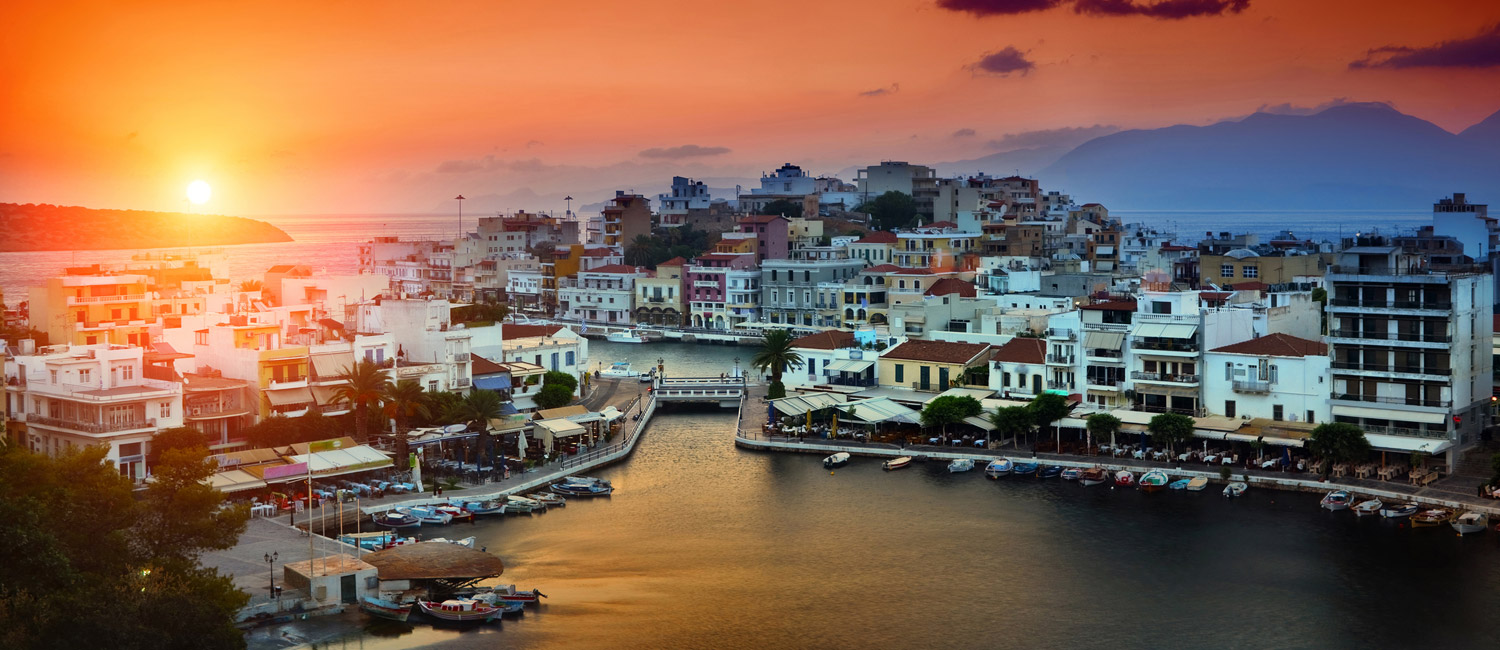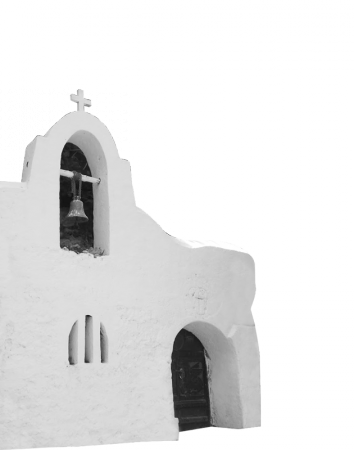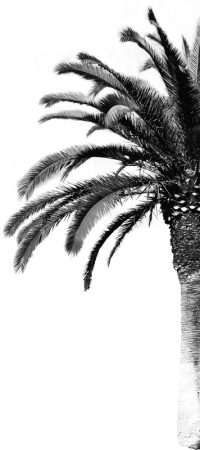
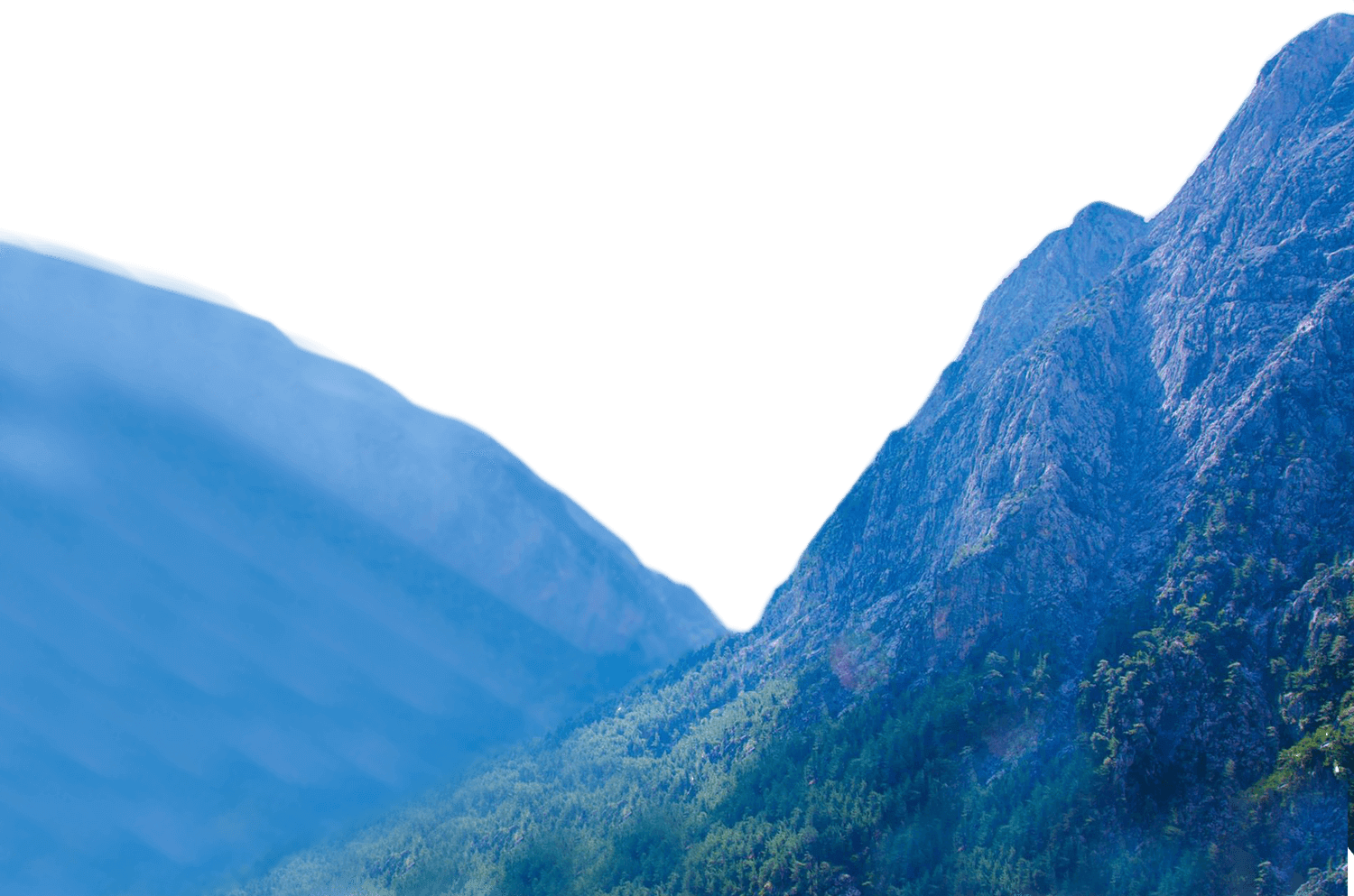
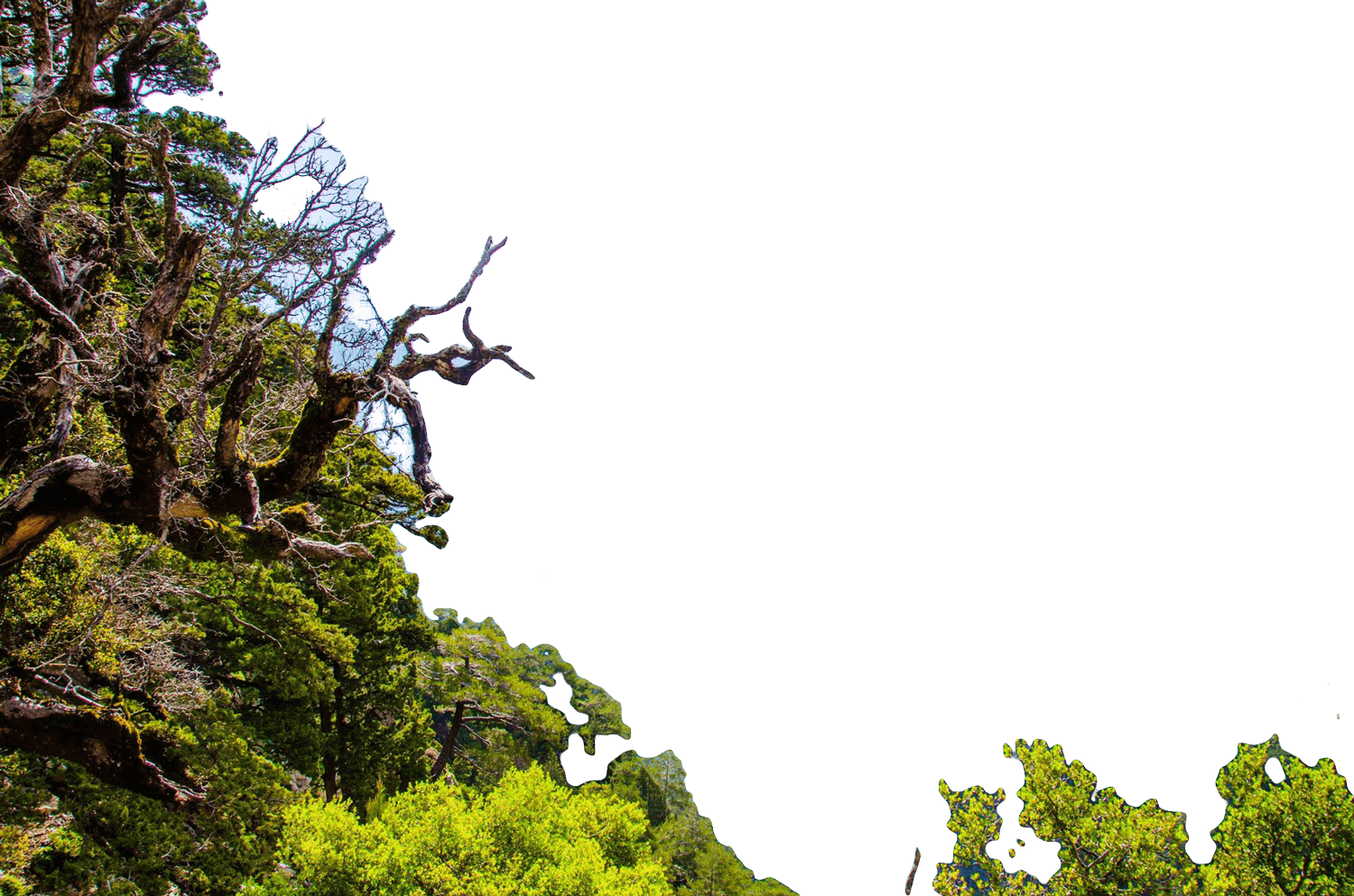
CHANIA
Chania Prefecture is located in the western part of Crete, and is a land full of natural beauty, history, memories and culture.
Chania, or “Venice of the East”, is a real gem that combines harmoniously the past with the present. First of all, it is a relatively big (by Greek standards) and modern city with organized infrastructure. Secondly, the famous Venetian Harbor with the iconic Chania Lighthouse, the Firkas Fortress and the Venetian Shipyards (Arsenalis) and also the Old Town with the Venetian Wall that surrounds it, take you back through the centuries. Walking through the picturesque alleys of Chania Old Town and observing the wonderful architecture, you can easily understand the intense traces of different cultures that defined the history of this place and the special culture of its people.
Thanks to the geomorphology of the prefecture and the majestic White Mountains of Crete, you can explore countless impressive gorges with rich biodiversity, among them the famous Samaria Gorge, the longest gorge in Europe, which is also the main habitat of the rare Cretan Wild Goat.
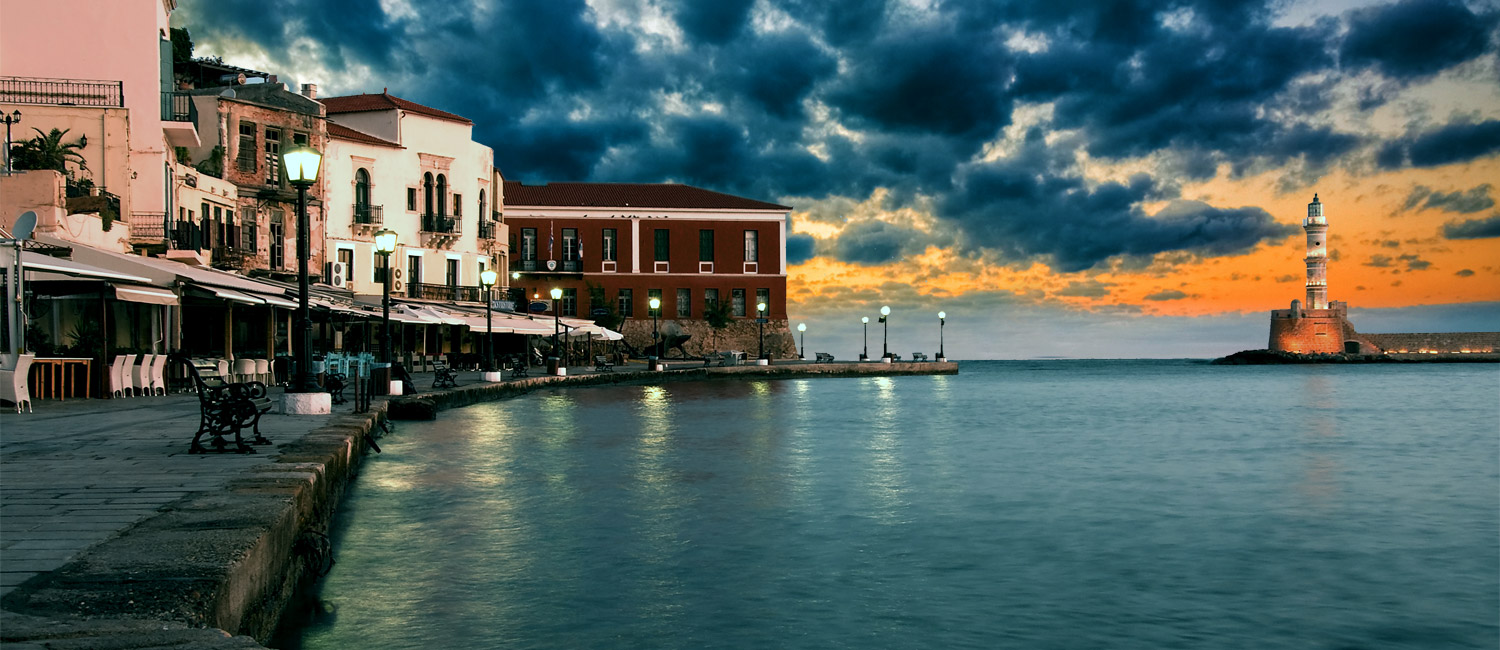
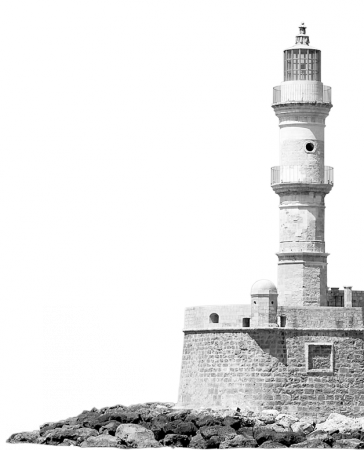
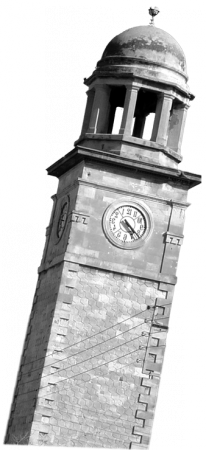
RETHYMNO
The prefecture of Rethymno is located between the prefectures of Chania and Heraklion.
Its capital is the homonymous city of Rethymno, with its landmark, the Fortezza castle, which is famous as the largest Venetian castle ever built.
The Old Town of Rethymno lies at the heart of the modern town of Rethymno, and is very well maintained. It combines its oriental facet of the Turkish era with the Venetian architecture of the Renaissance.
Close to the city of Rethymno lies the historical Monastery of Arkadi, which is an eternal symbol of the superhuman struggle of the Cretans against the Ottoman rule, which led to the liberation of Crete and its reunion with the rest of Greece.
You will find dreamlike beaches everywhere in the prefecture of Rethymno, both along the northern main road and on its south side. Triopetra, Souda, Plakias, Bali, Agia Galini and the beach at Preveli Monastery are some of the most known among the numerous beaches of Rethymno.
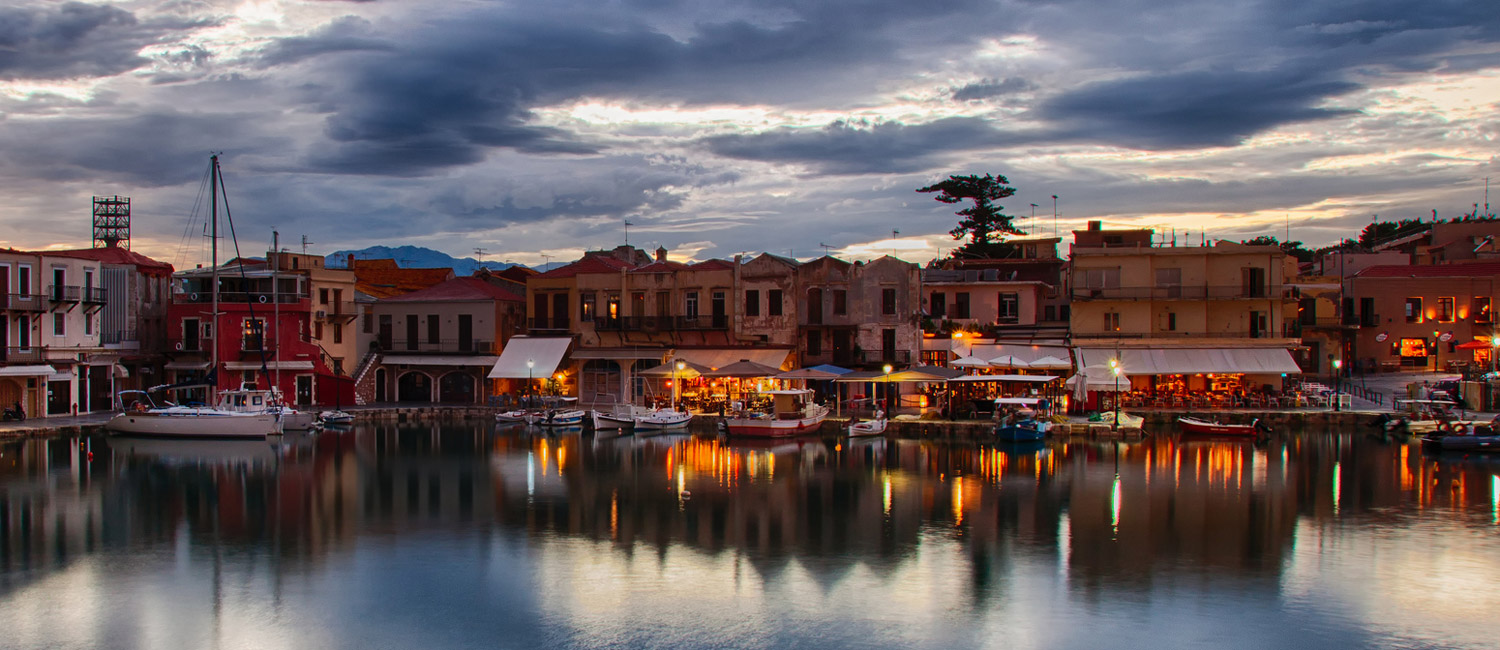
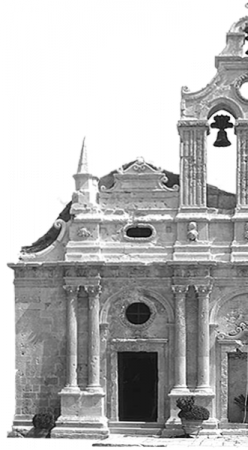
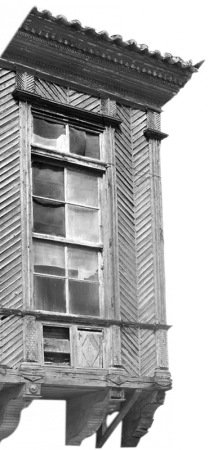
HERAKLION
The prefecture of Heraklion is the largest prefecture in Crete and the homonymous city of Heraklion is the administrative and commercial capital of Crete.
The iconic landmark of Heraklion is the Square of the Lions (officially called Eleftherios Venizelos Square) with the Morosini Fountain, the famous Venetian fountain with the four lions gushing water from their mouths.
The center of Heraklion is also surrounded by Venetian walls, upon which lies the tomb of the great Cretan writer Nikos Kazantzakis.
Apart from the Palace of Knossos, in the prefecture of Heraklion you can also find other important archaeological sites also, such as Phaistos and Malia. The Disc of Phaistos is one of the most famous archaeological findings in the world, which also constitutes a great mystery that has spurred the imagination of many archaeologists, many of whom have repeatedly tried to decipher its scripture.
In the south of the prefecture lies the renowned Matala, a small seaside village that became famous as a popular hangout for hippies in the 60s and 70s.
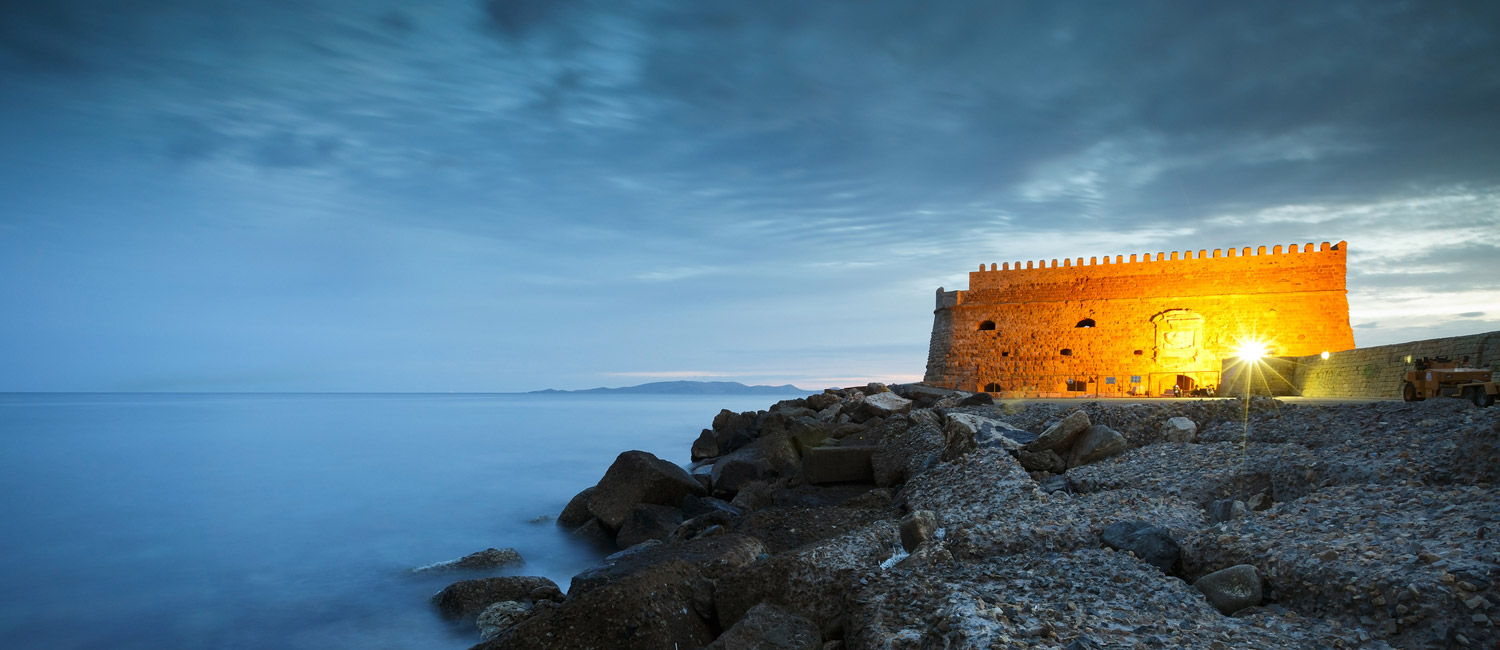
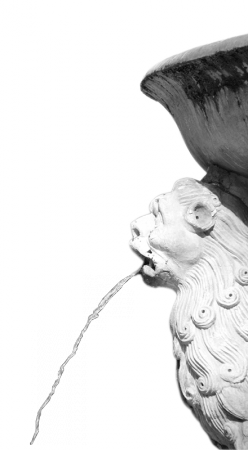
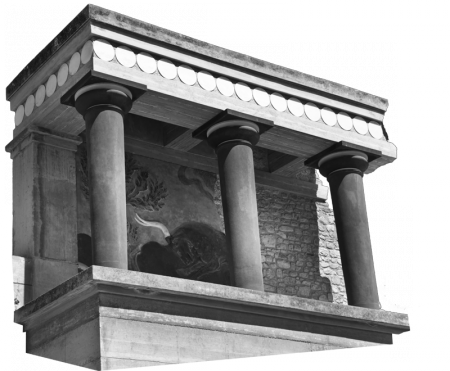
LASITHI
The prefecture of Lassithi covers the eastern part of Crete.
The capital of the prefecture is Agios Nikolaos and takes its name from the Byzantine church in the bay of St. Nicholas (called “Agios Nikolaos” in Greek). Agios Nikolaos is famous for its picturesque harbor and Lake Voulismeni.
Other major towns in the prefecture are Sitia and Ierapetra, and also the well known Elounda. Opposite Elounda lies the famous islet of Spinalonga, well known for its use as a leper colony until the middle of the last century.
South of Ierapetra lies the unique and uninhabited islet of Chrissi or Gaidouronisi. The entire islet is protected by the European Program Natura 2000 that protects scenic landscapes of great natural beauty, and by Greek laws. The islet has 1/20 of the total flora of Crete, while on its volcanic rocks 49 kinds of fossils have been found. The visitors stay on the islet is permitted from sunrise until sunset.
